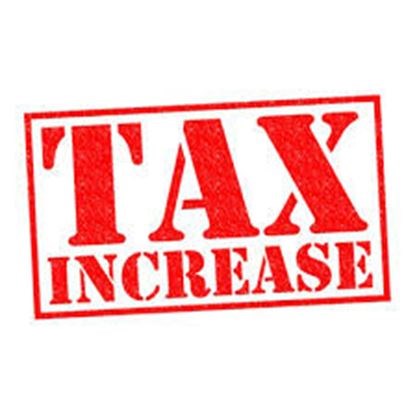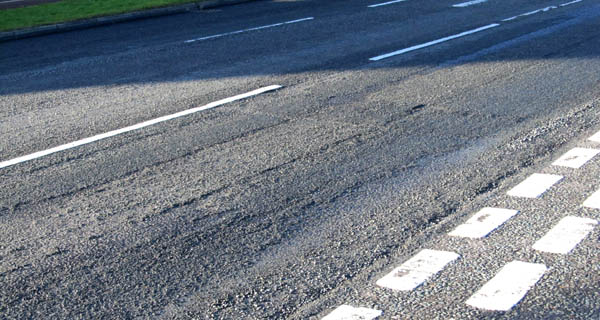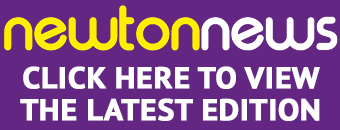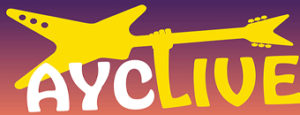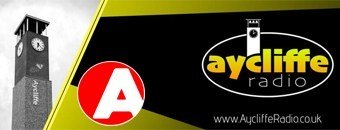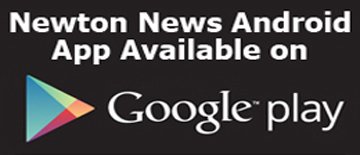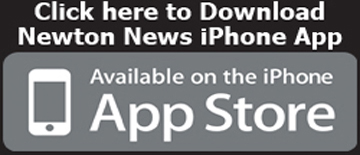Motoring tips from the IAM’s head of driving standards Peter Rodger look at different traffic signs to make your journey as safe as possible. Here are seven important road signs that all motorists should become familiar with.
• Triangular traffic signs with a red border warn motorists about potential hazards. Figure 1, for example, warns motorists of two-way traffic straight ahead, while figure 2 warns motorists about cattle potentially crossing in a rural area – be prepared to slow down or stop.
• Some warning signs appear as red rectangles where a reduction in speed is required (figure 3), or in white rectangles where motorists are approaching a narrow road or bend in the road (figure 4) – keep an eye out for these and slow down if necessary.
• Circular traffic signs with a red border instruct motorists and prohibit certain types of manoeuvres. For example, figure 5 prohibits solo motorcyclists from travelling in a specific area, while figure 6 prohibits all vehicles except pedal cycles – adhere to these signs to avoid being fined.
• Maximum speed limits are also displayed in circular traffic signs. Where figure 7 is displayed the national speed limit for the type of road you are travelling on applies. Where figure 8 is shown you must not exceed the displayed speed limit.
• Circular blue traffic signs give instructions about where to make a turn in the road or get in lane if there is a junction. For example, where a traffic sign similar to figure 9 is shown motorists must keep right.
• Rectangular boards display important information and give directions. You will often see a blue board on the motorway (figure 10), a green board on primary routes (figure 11), and a white board on non-primary routes that displays both route information and regulatory signs (figure 12). Take note of these to help you progress with your journey.
• Where traffic signs are shown similar to figure 13 and 14 motorists must adhere to the displayed instructions at all times. Both red octagon-shaped stop signs and inverted triangle give way signs are used at junctions with poor sight lines or where minor roads cross high speed major roads – stop or give way as necessary.

